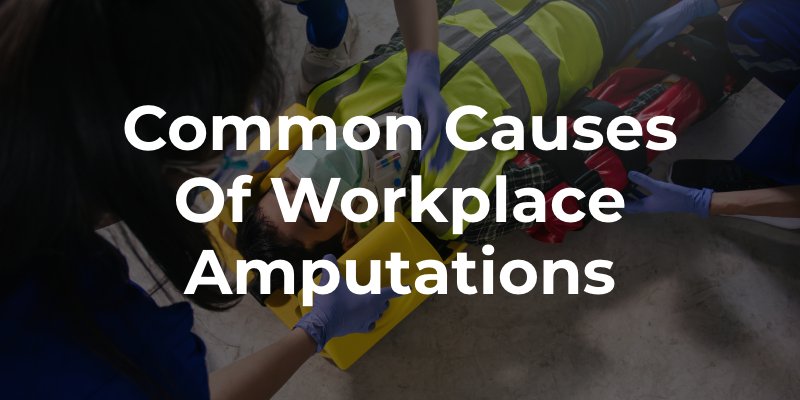Our attorneys have been assisting the Riverside community for over 40 years.
An amputation is a terrifying prospect and an all too common reality for some workers in California. Unfortunately, these incidents can occur in a wide variety of ways in the workplace, especially depending on the type of workplace. Some industries do present more amputation hazards than others, but these injuries can occur in just about any type of environment if safety protocols are disregarded.

Workplace amputations can vary significantly in terms of severity and the parts of the body affected. Understanding the types of amputations that can occur is crucial for recognizing the risks and implementing preventive measures.
Workplace amputations often result from specific hazards that are present in various industries. Here are some of the most common ways these devastating injuries can occur:
Experiencing a workplace amputation is not only physically and emotionally traumatic but can also lead to significant financial burdens. Victims of such incidents have several avenues to seek compensation to help cover medical expenses, lost wages, and other associated costs.
Seeking legal assistance can significantly improve the chances of obtaining fair compensation. An experienced attorney can help navigate the complexities of workers’ compensation claims, personal injury lawsuits, and disability applications.